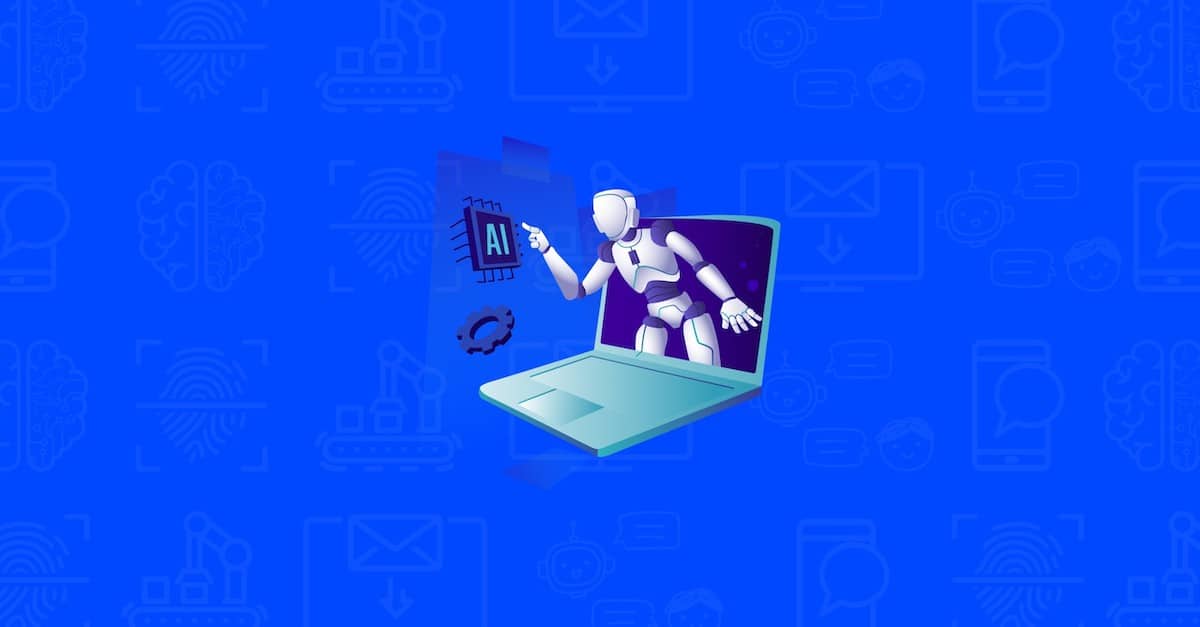By Michael Rivera, PhD
10 Ways Artificial Intelligence (AI) is Driving IoT Growth
Artificial Intelligence (AI) and the Internet of Things (IoT) are intertwined. IoT devices are attached to physical objects to generate vast amounts of data. Conversely, AI uses the data to learn, analyze, and help us make informed decisions.
Before committing to any IoT-led digital transformation, it’s important to understand how AI empowers IoT and fuels its accelerated development.
- Better Decisions
AI-powered IoT systems can break down complex data to help you make more accurate and informed decisions. This is already being applied in industries like healthcare through remote patient monitoring, disease diagnostics, and medication management.
- Predictive Maintenance
Through artificial intelligence, IoT solutions can detect irregularities and predict machine failures before they happen. This can be crucial in industries like manufacturing and aerospace, where being proactive with machine maintenance can make a significant difference.
- Personalization and Customization
AI-powered IoT devices can learn from previous user activity and behavior to provide personalized services.
For example, smart homes can automatically adjust temperature or lighting based on user patterns. AI-powered virtual assistances can also make personalized suggestions for products or content based on a user’s previous interactions and real-time data.
- More Efficient Workflows
AI-powered IoT systems can automate repetitive tasks, reducing the workload on human employees and increasing efficiency. The reduced human contribution will also lead to fewer human errors.
- Improved Safety
IoT sensors can be placed on factory floors, workplaces, and even worn by employees. Through AI, these sensors can detect safety issues like security breaches, smoke detection, fall detection, and changes in the heart rate of factory workers. These devices can provide early warnings to help avoid significant damage.
- Real-Time Monitoring
IoT devices generate real-time data, essential for AI applications to make accurate and up-to-date predictions. This reduces the risks of downtimes and helps identify inefficiencies for immediate improvement.
- Improved Customer Experience
Since AI-powered IoT devices can provide personalization, more customers will become satisfied with their experience. This can reduce customer churn and increase loyalty.
- Enhanced Resource Allocation
AI-powered IoT systems can collect data on energy consumption, machine usage, vehicle occupancy, and HVAC systems. This can help improve resource allocation, reduce waste, and improve efficiency.
- Smart Automation
AI-powered IoT devices leverage algorithms to analyze data to make intelligent decisions or trigger automated tasks based on the insights gained.
- Continuous Iteration and Innovation
Due to artificial intelligence and machine learning capabilities, AI-powered IoT systems can help develop new products and services. For example, AI can help manufacturers introduce complementary products for their customers. This can provide new opportunities for innovation.
Conclusion
Data is the bridge that connects AI and IoT. The enormous amount of data IoT devices generate helps train, optimize, and deploy AI models, which leads to accurate predictions, proactive decisions, and personalization. With Thinaer, you don’t need separate investments in AI and IoT. Thinaer’s integrated platform allows you to drive organization-wide digital transformation through AI-powered IoT systems. Deploy a custom solution to test its viability today, or contact us, now.

